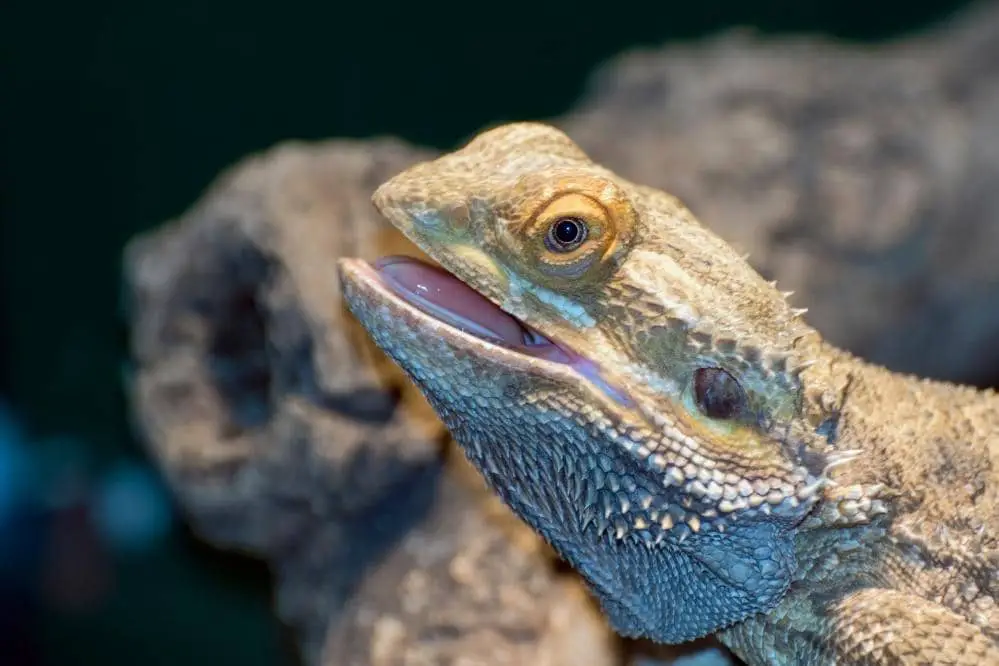Keeping a lizard especially bearded dragon as pet is a different and unique experiences as compared to keeping other pet animals (like dogs, cats, birds etc.) as pet. In addition to other strange behavior that beardies frequently express, licking is another kind of affection that bearded dragons are capable of displaying. If you are familiar with the habits of bearded dragons, then you must be aware that one of their favorite things to do is lick things. This activity is vital because it enables them to investigate and get a deeper understanding of the local environment in which they find themselves.
What Causes Bearded Dragons To Lick Everything?
If you own a bearded dragon, you’ve likely noticed that they lick almost everything they encounter. Nothing appears to be beyond the reach of a bearded dragon’s tongue, not even the air, the substrate, or the food. This article will explore the primary reasons why these reptiles use their tongues so regularly, despite the fact that the cause for this behavior may appear to be strange at first.
The Jacobson’s organ, also known as the vomer nasal organ, is a specialized organ that lizards have at the top of their mouths. This organ is responsible for the licking habit of lizards. The majority of reptiles, including bearded dragons, use this organ to learn about their surroundings and adapt accordingly. Bearded dragons use their Jacobson organs primarily for their sense of smell and taste, in contrast to snakes and nocturnal lizards, which use them to seek food.
The Jacobson’s organ is then able to interpret certain organic chemicals that are present on these surfaces. These molecules can convey all sorts of information, including the weather and the presence of other bearded dragons, or any other animal, and potential predators.
Bearded Dragon Licking Reasons
Let’s dig further into bearded dragon’s licking behavior.
1. Environmental Awareness
As mentioned above, bearded dragons use Jacobson’s organ or vomer nasal organ to detect predators. Licking helps them detect danger and hide from intruders. In the wild, bearded dragons are prey for larger lizards (like goannas), birds, and dingoes; thus, their ability to sense or detect what’s happening in their surrounding environment gives them an edge and enables them to take precautionary measures.
Bearded dragons’ instinct to lick to learn their environment is also found in captivity. Beardies use tongue receptors to get information. Your bearded dragon may be licking everything because of new stimulation in its tank or because you moved the cage to a different room. So whether in captivity or wild, licking actually helps them understand the surrounding environment if it is alone, and how to behave.
2. As a Pre-mating Ritual
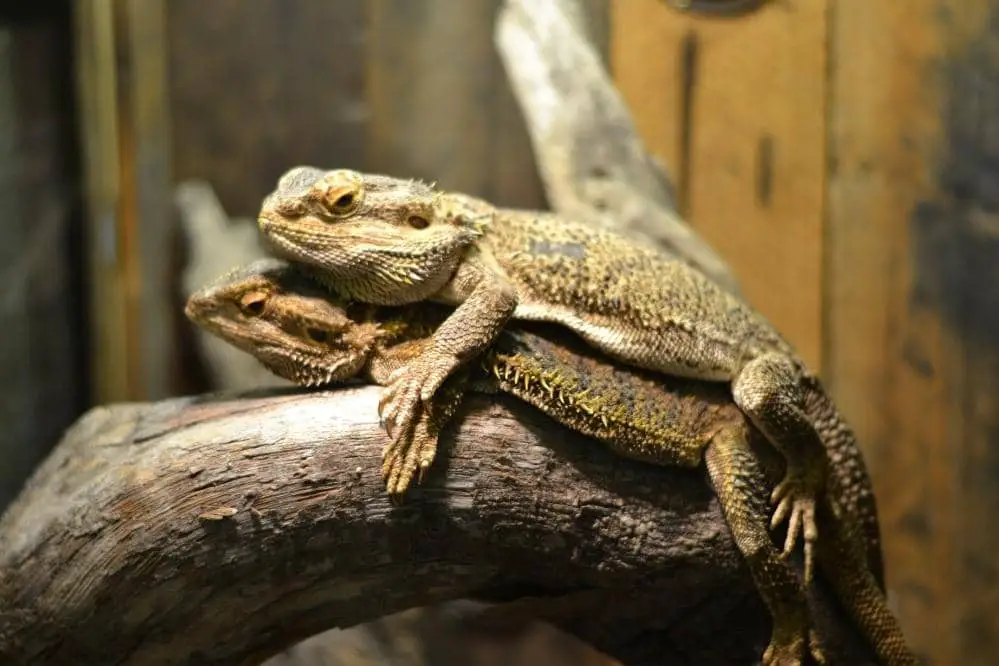
Licking might also indicate that your bearded dragon is reproducing. The Jacobson’s organ helps bearded dragons locate mates since they are solitary. Their tongue and roof sensors can detect and distinguish pheromones from eagerly mating beardies. Bearded dragons procreate one month after emerging from hibernation. Male beardies prepare for mating by licking, bobbing their heads, and modifying beard color.
The mating season causes them to become insecure and violent. Male bearded dragons will lick females to mark them as theirs, whereas female bearded dragons will lick other females to see whether they have been mating in their region.
They may use Jacobson’s organ to find nearby bearded dragons (willing to mate), thus increasing their reproductive possibilities. In spring, your beardie may lick the air and become more nervous. There is nothing to worry about this sort of aggression (as it’s common and natural during mating season). After two weeks, your pet will be calm and pleasant again.
3. Temperature And Texture Attract Them
Bearded dragons assess temperature via licking. Bearded dragons are exergonic, requiring additional heat to maintain body temperature. Your bearded dragon may lick you to detect the temperature of its surroundings. Bearded dragons generally prefer 75–99 °F.
Licking helps reptiles perceive textures. Bearded dragons lick to determine textures since their feet have little touch receptors.
4. They Are Showing Where They Live
Beardies are very protective of their territory and will lick to mark it. In their natural environment, males often fight over who gets to control territory and what it has to offer. Bearded dragons usually do not meet other bearded dragons when they are kept as pets. This makes them less territorial.
What Objects Are Lickable By Bearded Dragons?
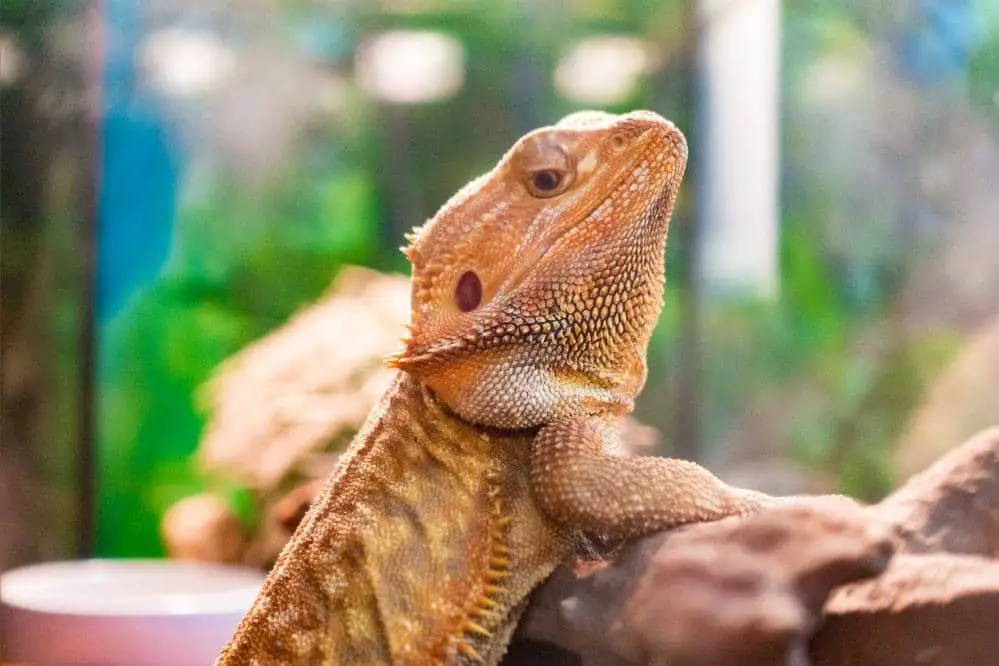
1. Air
Beardies’ Jacobson’s organs detect micro particles using their tongues. A bearded dragon may lick the air, which may seem odd, but it is beneficial. This action is different from gaping when sunbathing. Your beardie may be trying to cool off if its mouth is open while its tongue is still.
By watching its tongue, you may know if your beardie is exploring or just cooling off. Bearded dragons collect particles by swiftly sticking out their tongues. The tongue is subsequently drawn back into Jacobson’s organ’s upper mouth. Jacobson’s organ delivers information to brain about tiny particles collected by tongue receptor. This tells your beardie about predators, mating partners, fragrance, temperature, and much more about their environment.
2. Food
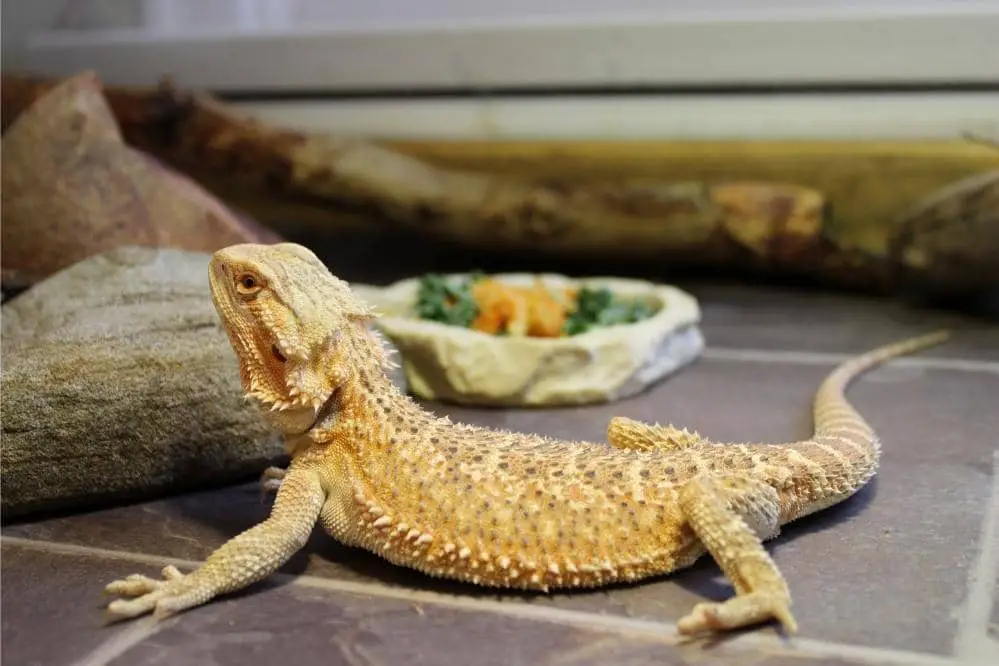
You may have seen that bearded dragons “smell” their food before consuming it by licking it. Lizards, like beardies, use their tongues to smell. Because they have a Jacobson’s organ, bearded dragons can learn more about what they eat by licking it.
3. Other Pets In The House
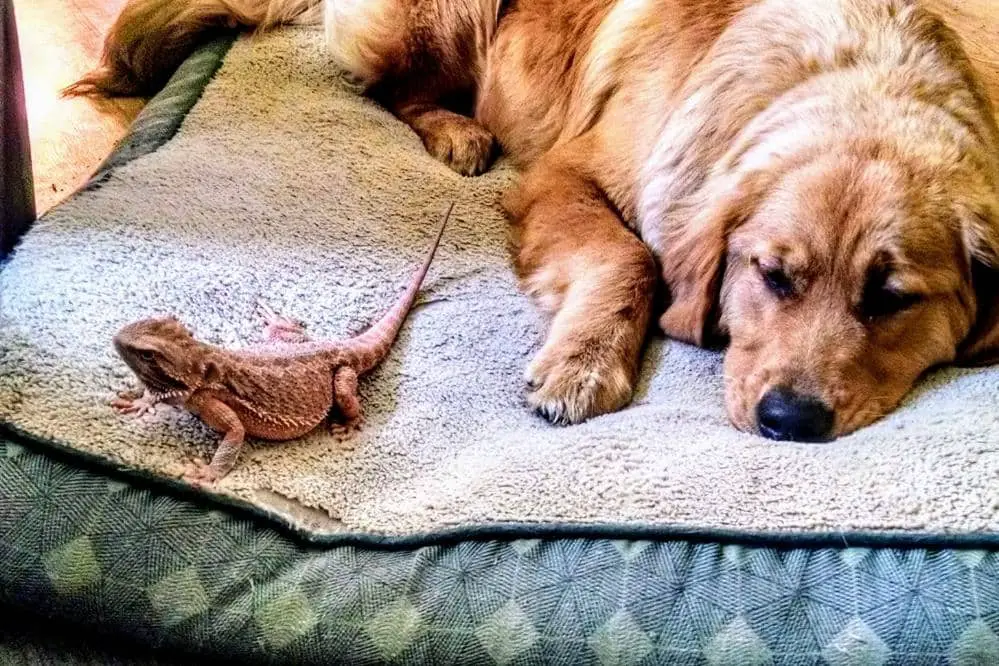
Despite not being particularly gregarious creatures, Bearded dragons will show a great deal of curiosity when it comes to learning about the other species that share their environment. Bearded dragons should not always be kept in the same area as other pets, such as cats and dogs, but if given the opportunity, your bearded dragon will lick other animals to determine whether or not they pose a threat.
Put the bearded dragon’s terrarium in the same room as your dog or cat, where they spend the majority of their time. Getting acclimatized to being around other animals will be easier for your bearded dragon if you do this. Your bearded dragon will become accustomed to the smell of the other animal as well as its presence if you train it to lick the air. When these two animals encounter for the first time, it will be less terrifying because of this.
Related Article Are bearded dragons scared of dogs?
Conclusion
Lizards such as bearded dragons have a specialized organ at the back of their mouths known as the Jacobson’s organ, which enables them to smell with their tongues in a manner that is distinct from other animals. Because of this, they are able to identify the smell, flavor, temperature, and texture of the surfaces that they lick. In addition to this, it helps them to detect pheromones and other odors in the environment, which enables them to identify possible threats and/or beardies that are ready to mate.

